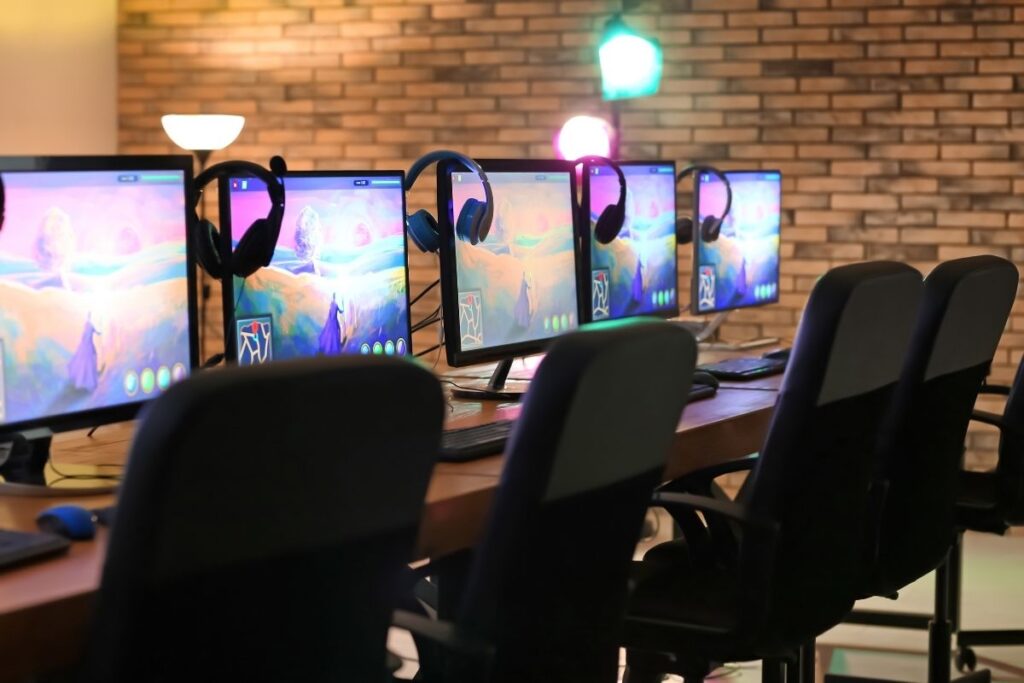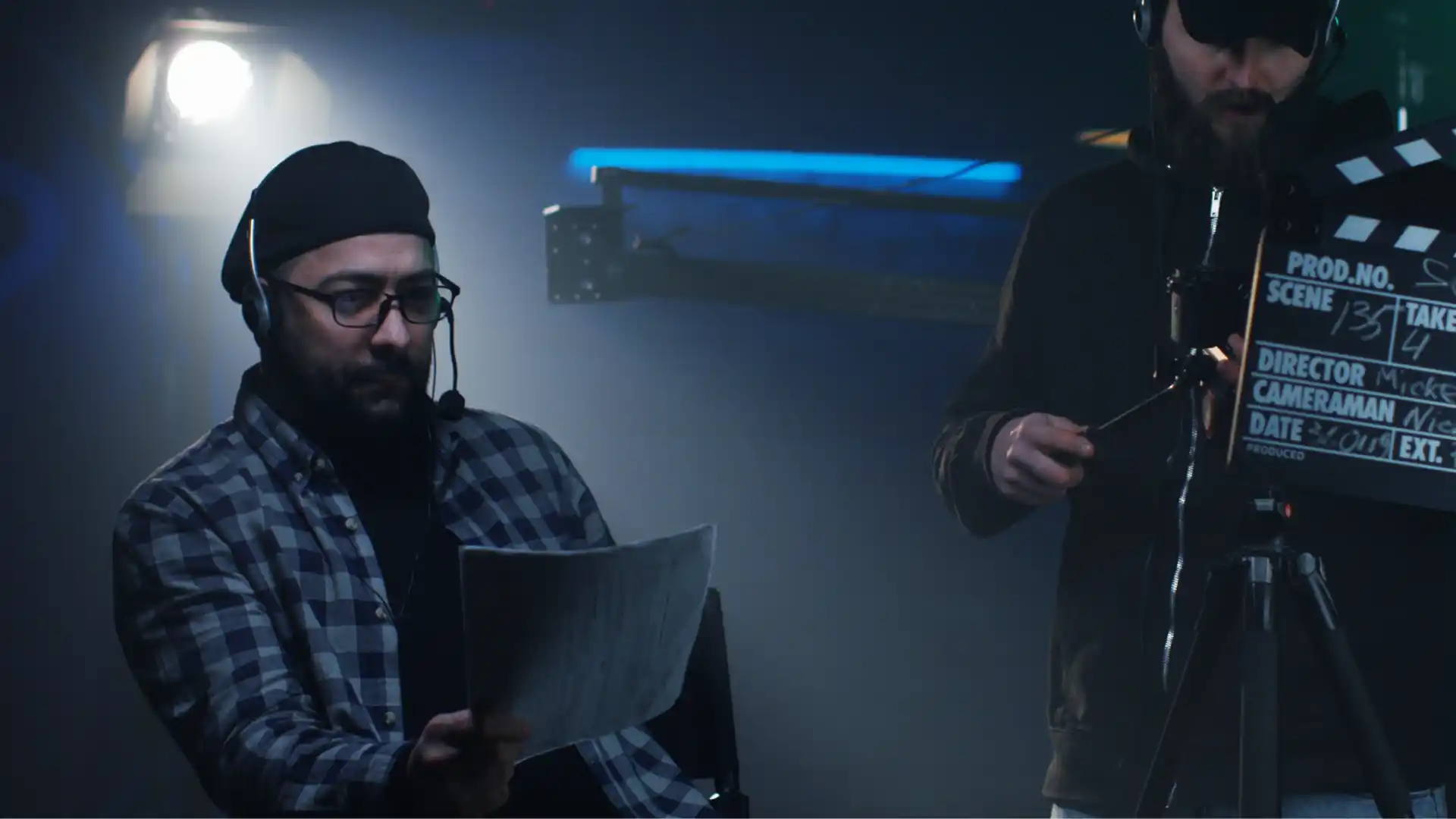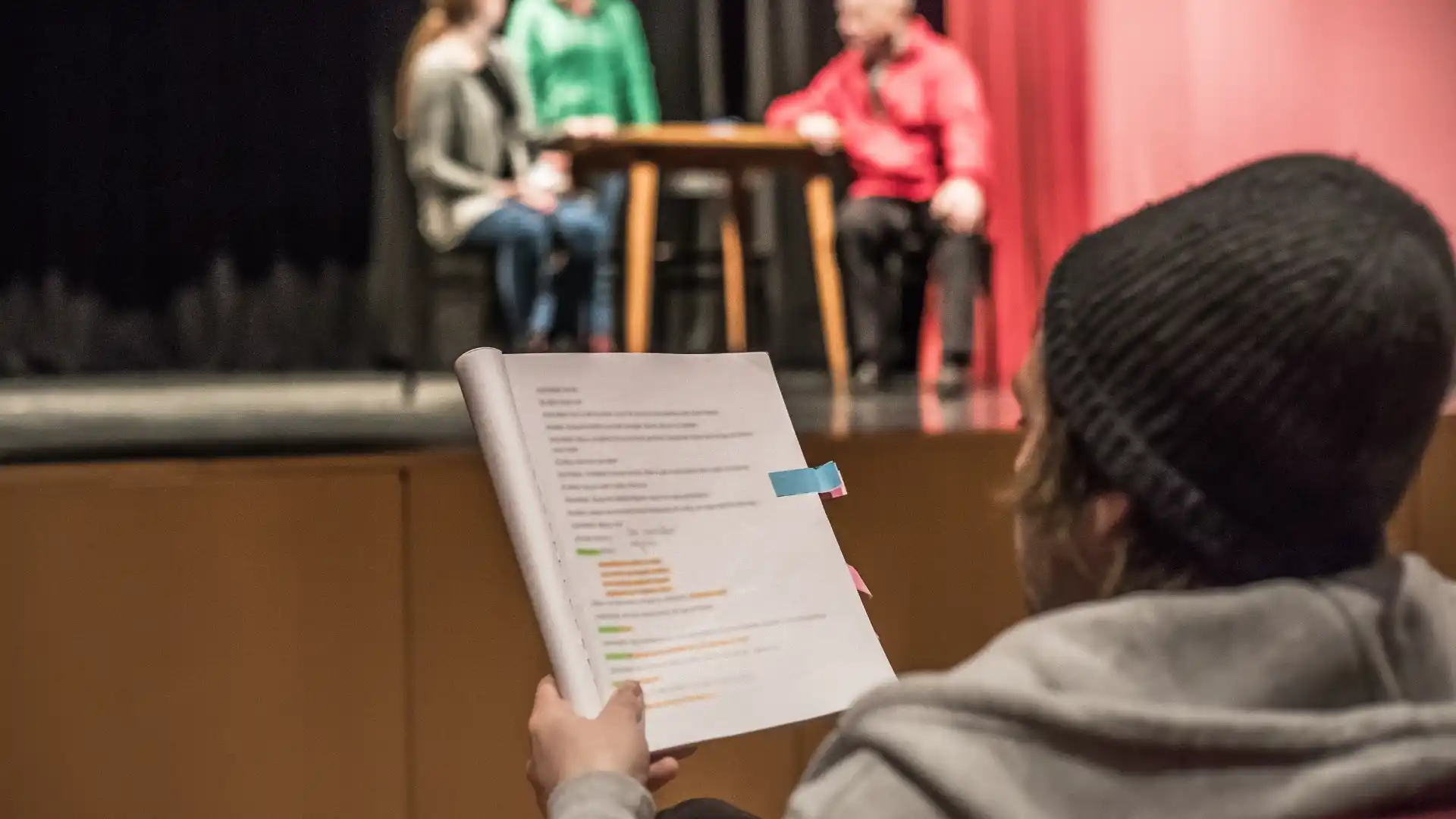“We’re saying something about something here,” says David Jaffee, “We’re saying something about the human condition.” Fundamentally, it’s what feels good when you’re holding that controller. That’s what most gamers love. Rocket League, Fortnite, PUBG– it’s fundamentally about mechanics.
Audio design is tricky. You know when you want the sound to show up and do a job. You know when you want to sound to evoke an emotion in the player-a reward– a warning specifically. Usually, it’s the audio and heads-up display that says, “Hey, a missile’s coming in,” or “a bad guy’s behind you or off to your right.”
Designing a HUD is really hard for a game designer. Because the game designer wants to think that the player wants to know everything they know about the game. It’s like there’s so much stuff that the game is tracking.
And you want to throw all that at the player and say we have audio cues, we have visual cues, and we have heads-up display cues. Did you notice the player’s feet glow a little bit when he’s low on health because the eye tends to be looking lower than the center of the screen?
And you can get carried away with that. The average player might ultimately– when they get good at the game– want that data. But if you throw that at the player at the very beginning, they’re going to get overwhelmed. The game is going to end up looking like user interface porn. And you’re going to push people away.
It’s a really hard thing to do, especially when you’re talking mechanics-based games, to design something that’s robust enough to yield a play experience that the player can have a meaty, deep, intellectual, satisfying time with but without overloading what’s on the screen. Because the minute we went over the shoulder or the minute we went first-person, we lost that brilliant play mechanics space.
These are not movies. And they’ve become movies because they look like movies. But what we’ve lost in that is so much that is germane to great gameplay.








